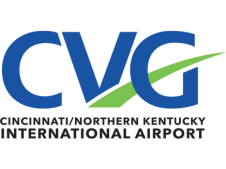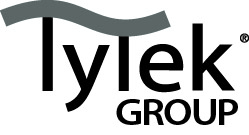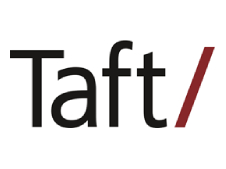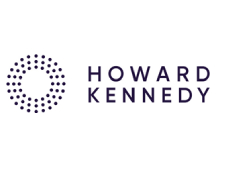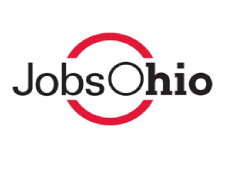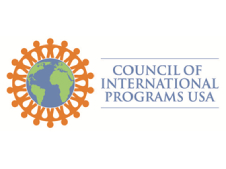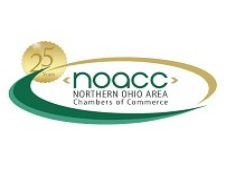CLEVELAND — When the $20 billion Intel chip plants — and their possible expansion plants — are completed in New Albany, Ohio’s economic center of gravity will have completed its inexorable shift toward Columbus. An investment of this staggering scale will make Cleveland, Cincinnati, and Ohio’s other mid-sized cities mere small planets orbiting the economic sun of Columbus.
This is understandable. Columbus, the capital city, is where the money is. The state’s “total sources available for expenditure & transfers” increased by 47.5% in the years 2012 to 2022.
Columbus is unique, as are all capital cities; its economy is virtually recession-proof. Until there is a catastrophic economic event, which in the short to medium time frame is highly unlikely, revenue and spending will always increase, followed by state-supported investment and employment in and around Columbus.
According to the 2020 Census, Cleveland’s population declined 6% while Columbus’ grew 15% since 2010. People and investments follow the money.
The multiplier effect of an investment of Intel’s size, its gravitational pull, will attract human and investment capital resources from all of Ohio and surrounding states. The impact on Cleveland and Northeast Ohio will be significant and potentially devastating unless political, civic, and business leaders construct plans, implement programs, acquire capital, and make investments to offset the gravitational pull of the Intel development and the others that will follow.
This investment is great for Ohio, but unfortunately, the maxim that a “rising tide lifts all boats“ does not apply. Cleveland and Ohio’s other investment-seeking cities are disadvantaged by Columbus’ embedded “tax revenue and disbursement” economic advantage. Columbus will only continue to maximize this advantage.
Northeast Ohio must invest in and improve its K-12 public education infrastructure. More than 90% of children are educated in public schools. Charter schools and private schools do not move this statistic. Public schools are the future of education and our communities; they are where citizens are made.

Michael F. Knoblauch is president of Keyland Polymer Material Sciences LLC in Cleveland.
The presence of The Ohio State University as a nearby research and development resource makes high-tech investments in Columbus extremely attractive.
Continuing development and engagement of Northeast Ohio colleges and universities in private and public business activity is an absolute necessity if we are to attract to Cleveland and Northeast Ohio firms and investments like Intel’s.
* Northeast Ohio has an $80 billion or more capital base in the chemical industry. Chemicals and chemistry are backbone industries to economic growth and societal well-being. We need to attract more investment into this sector, investing in companies that are developing and bringing to market new chemistries, particularly for the non-carbon electrified world.
* Northeast Ohio is a global center for health care and attracts professionals from across the world. We need to continue to invest in the professional, community, cultural and arts amenities that will continue to attract and retain these professionals, enabling health care institutions to expand their capacities and capabilities.
* Our single greatest resource is Lake Erie. Water is life. We need to protect, preserve, and utilize this resource for the benefit of all of us living on the North Coast. It cannot be moved or replicated, but it can be misused.
Without regard to the Intel deal, these are the investments we need to be making, and others. This is a systemic and long-term challenge that is only going to become more difficult and challenging. We cannot control what happens in Columbus, or anywhere else, for that matter, but we own what we do here.
Michael F. Knoblauch is president of Keyland Polymer Material Sciences LLC in Cleveland.



